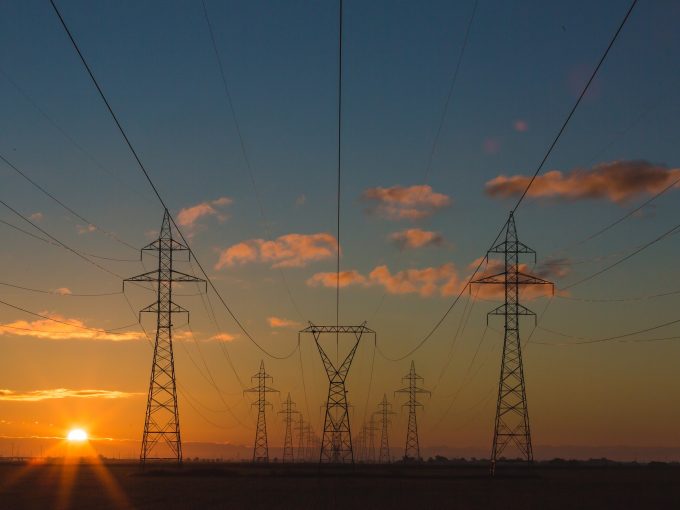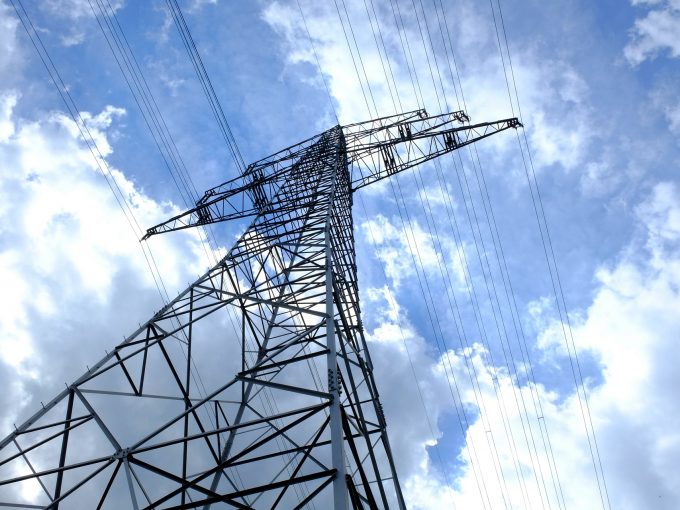Is a second Basslink cable the best solution for Tasmania? And with the UN now trading carbon offsets, how can you become a voluntary abater? Alan Pears reviews the options.
Originally published in ReNew, Issue 136
AS A commentator who argued against the construction of the Basslink cable, recent proposals for a second cable between Tasmania and the mainland have led me to review my position—but not necessarily change it.
It’s easy to argue that Tasmania needs a backup cable and that this could also provide benefits. But it’s not so simple.
The existing cable has brought both benefits and costs. On the one hand, Tasmania could profit from exporting peak power at high prices and from selling renewable electricity when there was a carbon price. It could also import cheap off-peak power from the mainland— increasing its greenhouse gas emissions.
But it costs 2 to 3 cents per kilowatt-hour (kWh), or $20 to $30 per megawatt-hour (MWh), to cover cable costs and energy losses. That’s a lot when, due to excess generation capacity, wholesale prices have been depressed to around $40/MWh in 2015-16 in Victoria, where Basslink feeds into the mainland grid. Peak prices have fallen due to renewable generation, energy efficiency, demand
management and industry restructuring.
Basslink provided an excuse for Tasmanian governments to continue to ignore energy efficiency improvement. This would have cut
consumer bills, made better use of existing generation capacity and provided benefits such as more comfortable homes and more
productive offices. Development of new renewable energy generation in Tasmania has not exactly boomed. Tasmanians are also paying a high price for the failure of Basslink.
So it’s not clear that Basslink has delivered a benefit relative to other paths. A retrospective study of what could have been done with the Basslink money could be interesting.
The economics of an additional cable are very sensitive to mainland electricity prices and the possible reintroduction of a carbon price. The ability of a second cable to provide useful backup also depends on what happens to Tasmanian electricity demand, investment in new renewable energy generation and rainfall for hydro generation as climate change plays out.
To compete with mainland renewable generation, Tasmanian generators will have to factor in the extra cost and energy losses of using the cable, so they would have to be significantly more productive than mainland generators. Using the money saved by not building
an extra cable (maybe a billion dollars or so) to instead invest in energy efficiency and new renewables, as well as revised dam management practices, could avoid the need for a backup cable and offer other benefits.
Also, instead of exporting to the mainland, it may be more profitable to divert excess electricity to running electric vehicles (or, given Tasmanian conditions, plug-in hybrids), which would offset the much higher cost per unit of energy of petrol and diesel fuel, and use a local resource to avoid import costs. And plug-in hybrids can easily switch to petrol if there is a power shortage.
I don’t have the data to make a call on whether or not another cable is a good idea. But I am inclined to be sceptical. Its cost must be compared with alternative options. And the risks of even greater exposure to mainland electricity market vagaries must be carefully weighed up.
Reframing thinking about emerging energy solutions
Recently we have seen intense discussion about the economics of storage and large solar thermal generation relative to other options.
Many consider their economics are improving but are not quite there yet. My recent observations of events in Australia and other countries lead me to a different perspective.
Tasmania has been thrown into turmoil by the failure of the Basslink cable—with the low dam levels adding to the pressures and public debate about who to blame. A few years ago, Melbourne faced rolling blackouts as a major powerline to New South Wales was shut down due to a bushfire. And some Queensland power stations had their output limited by lack of cooling water during the last drought.
I’ve just come back from Japan, where the new green buildings and urban developments I saw are designed to run independently of the electricity grid for at least three days. A combination of on-site generation, storage, extreme energy efficiency and smart management systems deliver this capacity. They have realised that they need to be able to cope with natural disasters and technical failures without disruption of core services.
So the discussion about energy storage, distributed generation and smart management using a lot of data is completely different in Japan. They are simply getting on with a transformation. And, as in other fields, they are finding that lessons from experience allow them to reduce costs, identify benefits
they hadn’t previously recognised and capture opportunities in new markets.
The contrast with Australia is remarkable. Our energy war, piecemeal approach and focus on narrow short-term costs are seriously undermining our future. Basically, we are being distracted by the detail while others are just shifting to a new paradigm. That’s how losers behave.
Climate targets and meeting them
The urgency for action on climate change is building. It now seems to me that responsible businesses, communities and individuals must reframe their targets towards ‘beyond zero emissions ASAP’, not just gradual reduction or even net zero emissions by 2020 or 2030. The good news is that it’s becoming cheaper (or even more profitable) and easier to cut emissions.
This means aggressively cutting our emissions both from our own emission- generating activities and from the inputs to our lives and businesses.
Voluntary abaters must also buy and cancel offsets to balance the emissions we can’t avoid and to go beyond zero emissions. An exciting development here is that the United Nations has now set up a carbon offset trading website where individuals can buy and surrender internationally recognised carbon permits (climateneutralnow.org). I found a range of projects with offset costs from US$0.50 to US$5 per tonne of emissions avoided. One project even met the Gold Standard (see www.goldstandard.org, set up by WWF and endorsed by over 80 NGOs) for very high quality credits. You can select the ones you like best, based on the details provided.*
I road-tested the site by buying 100 tonnes of offsets from a small run-of-river hydro plant in India.
So instead of just thinking about donating to worthy international charities, you can now choose to support projects that cut emissions and also deliver worthwhile social, economic and environmental benefits for their host communities—at bargain prices.
Now is a good time to buy quality offsets: they are unlikely to ever be as cheap again. And if we don’t buy and surrender them to cut global emissions, high emitters will buy them up at low prices to offset their emissions. If enough people buy up permits to reduce the present glut, prices will increase to a point where high emitters may actually focus on reducing their emissions instead of just buying compliance with cheap permits.
There is debate about the rationale for buying international offsets. The present low prices for offsets are an outcome of a number of factors, including weak targets, over-generous allocations of free permits, poor trading scheme design, lower than expected economic growth since the GFC, declining emission intensity of economies and corruption. However, once they are certified by an approved scheme, they are legal ‘currency’, regardless of their quality.
Some argue that governments should act to disallow existing poor quality permits. But in my view this is unlikely, despite being desirable. This is effectively retrospective removal of a right to emit and would create a precedent many fear could then be applied in other policy areas. International negotiations are messy enough and, to me, it seems unlikely that agreement would ever be reached to do this. In any case, if you buy offsets you consider to be credible and which deliver additional benefits to communities, they are unlikely to be made invalid and they deliver tangible other benefits beyond emission reduction.
The Australian government could work with the international community to improve the integrity of international carbon certification schemes, as well as its own Emission Reduction Fund rules.
* Another great option for offsetting emissions is through C3 run by the ATA (ReNew’s publisher). This combines offsetting emissions with renewable energy credits and donations to local community groups. www.climatechest. org.au/host/ata.





